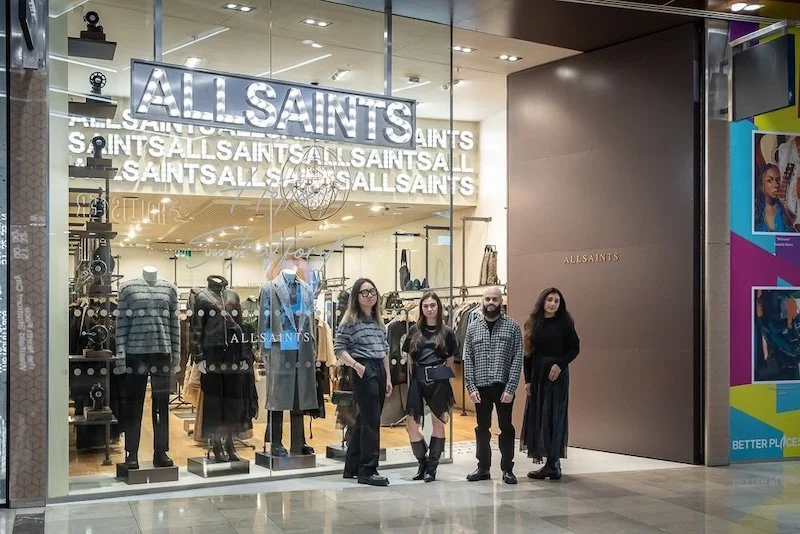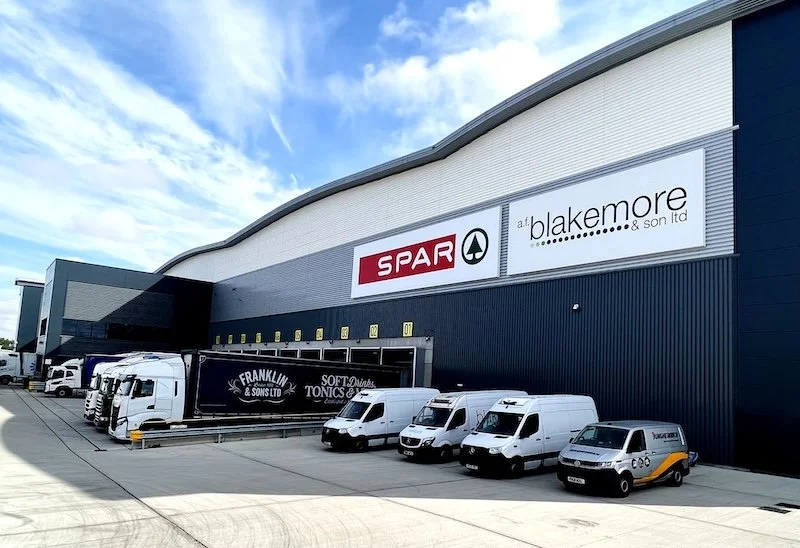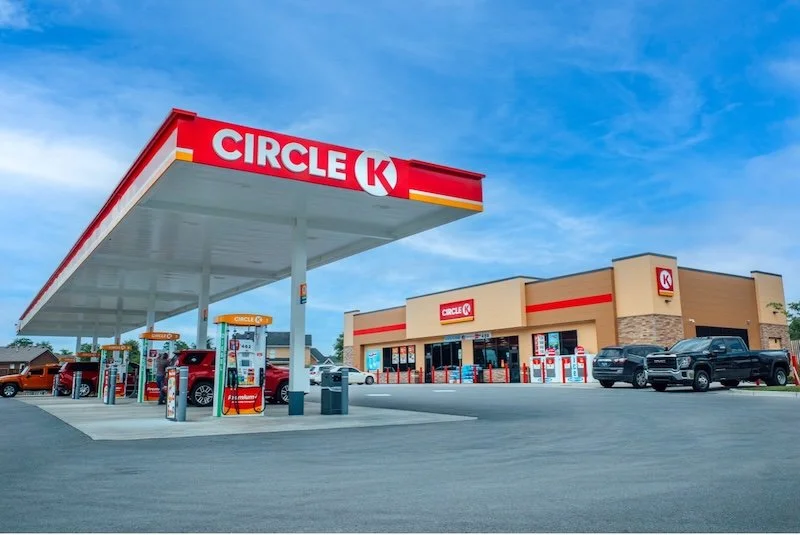Pay360 report: Virgin Media O2 and others talk Open Banking use cases and driving merchant adoption
Getting the merchant benefits of increased Open Banking and API usage was debated last week in London, at the Pay360 trade show, by Virgin Media O2, banks and FinTechs.
David Cox, Payments Strategy Lead at Virgin Media O2, shared some envisaged Open Banking end uses, such as cheaper bill payment mechanisms via commercial non-sweeping VRPs; offering services to overseas students without a credit history; or getting some overdue debt money back, rather than nothing.
All rely on utilising the extra data carrying and sharing capabilities of open application programming interfaces (APIs), which act as a means of achieving easier data exchange and connectivity to payment processing, anti-fraud or credit check stages on the payment chain.
New data aggregation or analytical products can also more easily be built by newcomers, as open APIs spread with the support of the UK’s Open Banking regulation.
These new FinTechs in the payment ecosystem wouldn’t traditionally have been able to access customer data held by a bank, but they can now. This opens up a whole new vista of possibilities, such as Pay by Bank and other such options.
“The first cheaper bill payment use is most of interest,” said Virgin Media O2’s Cox, during the panel debate, which focused on how to get merchant adoption, rather than the impediments to widespread adoption addressed in an earlier Open Banking conference session.
“The channel is important and must be made relevant in any Open Banking customer experience,” added Cox.
On the opposite end of the channel discussion, a small-to-medium sized enterprise (SME) worker could benefit from enhanced cashflow via fast and easy Open Banking driven instant payments that move account-to-account.
“A guy who mows the lawn can get paid instantly,” said Mike Elliff, CEO of the Payit mobile banking unit at NatWest.
Driving Open Banking adoption
According to fellow Pay360 panellist, Ian Morrin, SVP of Payments and Platforms Europe at the Tink FinTech, the low fee of Pay by Bank functionality needs to be emphasised to drive the adoption of Opening Banking upwards in the UK.
The speed and security angle too is helpful because you’re leveraging the in-built trust of paying via a customer’s own bank account.
“Instant on-the-spot affordability checks is another use case to drive adoption,” he said, while also pointing to how Tink powers Sweden’s Kivra digital bill payment service. “This is used by 70% of citizens in the country.”
The Pay by Bank journey must be seamless and always the same to encourage uptake. However, this isn’t happening in the UK presently due to the lack of a standardised customer facing icon.
“I like the idea of a Trust Kite mark to help here,” said Virgin Media O2’s Cox.
“We also need to be clear with the consumer what the benefit of sharing their data is because for years, they’ve been told not to do this.” This is why adoption will initially most likely be among the digitally savvy.
Anti-fraud and compliance end uses
“Anti-fraud is another growth area to drive adoption and further use of Open Banking tools,” said Payit by NatWest’s Elliff.
An account information service (AIS) end use in the Open Banking ecosystem can help authentication, as it allows the customer to authorise the sharing of key information.
There are many other anti-fraud and compliance end uses that can arise from the extra data sharing and connectivity enabled by Open Banking and API usage, which despite the challenges is slowly gaining traction.
“The cost-of-living crisis means our customers want more control around their finances,” said Cox, which presents another opportunity for Open Banking widespread adoption.
Uptake
Covid lockdown driven familiarisation of consumers with digital tools is also now in its favour, having initially presented a formidable barrier to getting merchants interested in Open Banking while they instead scrambled to ensure their firm’s survival.
They can leverage the increased willingness of consumers to engage digitally.
The updated 3D Secure standard (3DS2), covering the security interaction between acquirer, card schemes and issuers when authenticating online payments, has also been a distraction for busy operations staff at merchants.
But again, this too has now gone away, freeing up time for merchants to focus on Open Banking.
Regardless of the challenges, progress is being made, and “from a low base we are starting to see adoption,” said Payit by NatWest’s Elliff, as he laid out the latest UK Open Banking figures:
· 14 million successful open API calls for data were made in January 2024 in the UK.
· Equating to a 50% rise versus last year.
“That is still less than 1% of all payments in the UK,” admitted Elliff, as he conceded more needs to be done.
“It will take time,” concluded Stephen Winyard, Director at the Salt Edge FinTech that has been an open API solution provider for nigh-on a decade. “There is no silver bullet, but we are seeing adoption.”
The foundations are laid. The UK Open Banking infrastructure just needs users now, especially as the phase two difficulties of implementing VRPs, and of progressing the wider ecosystem, should hopefully be resolved this year.






























Continue reading…